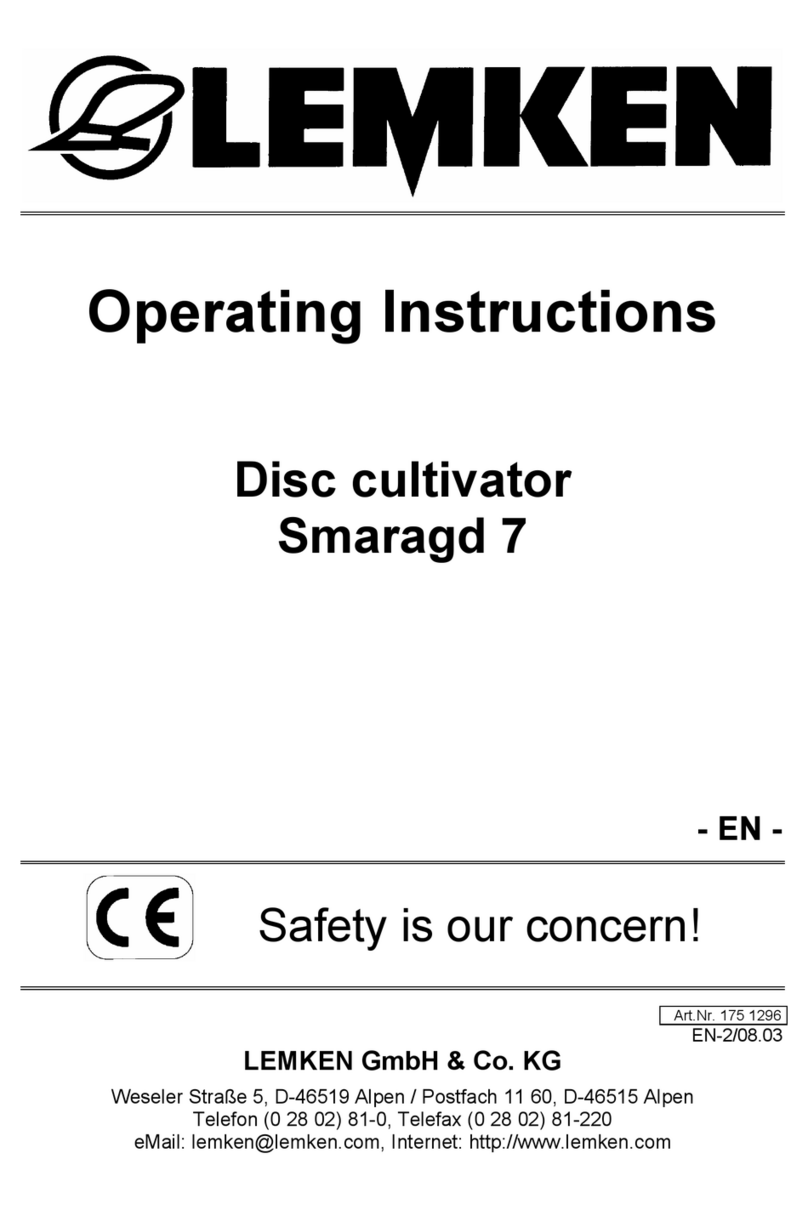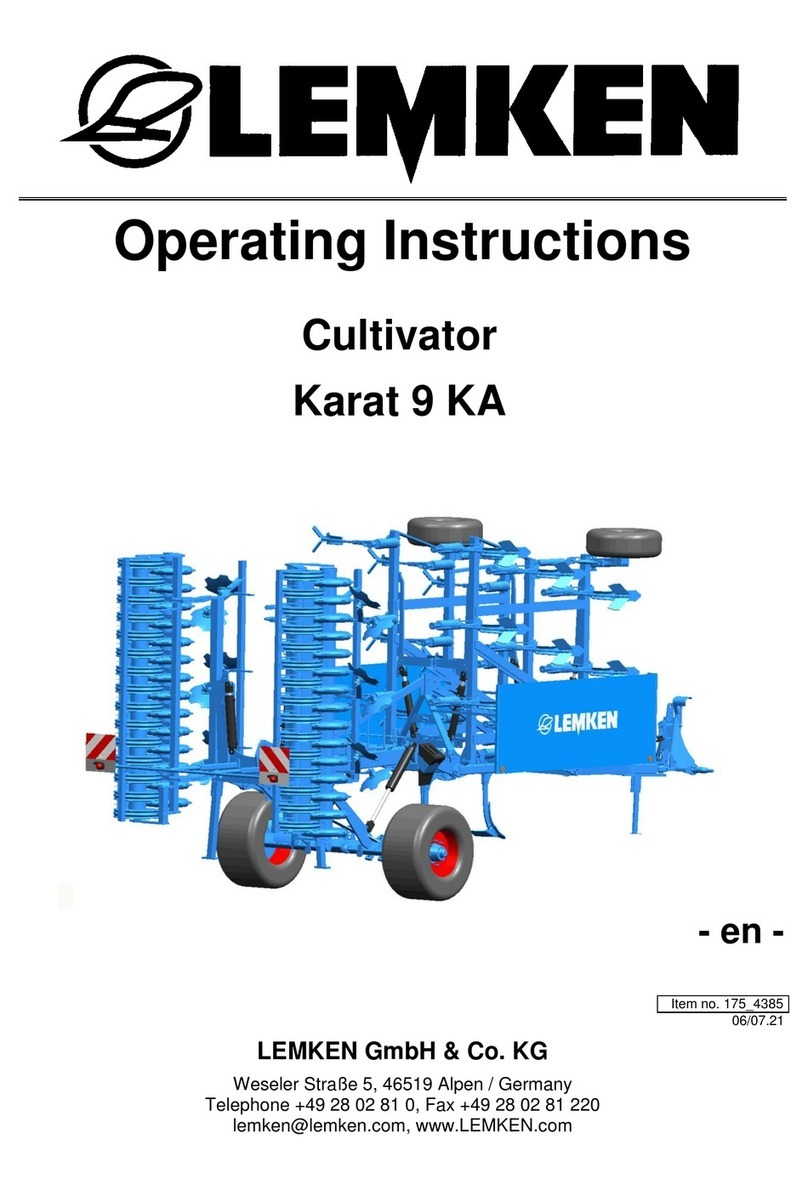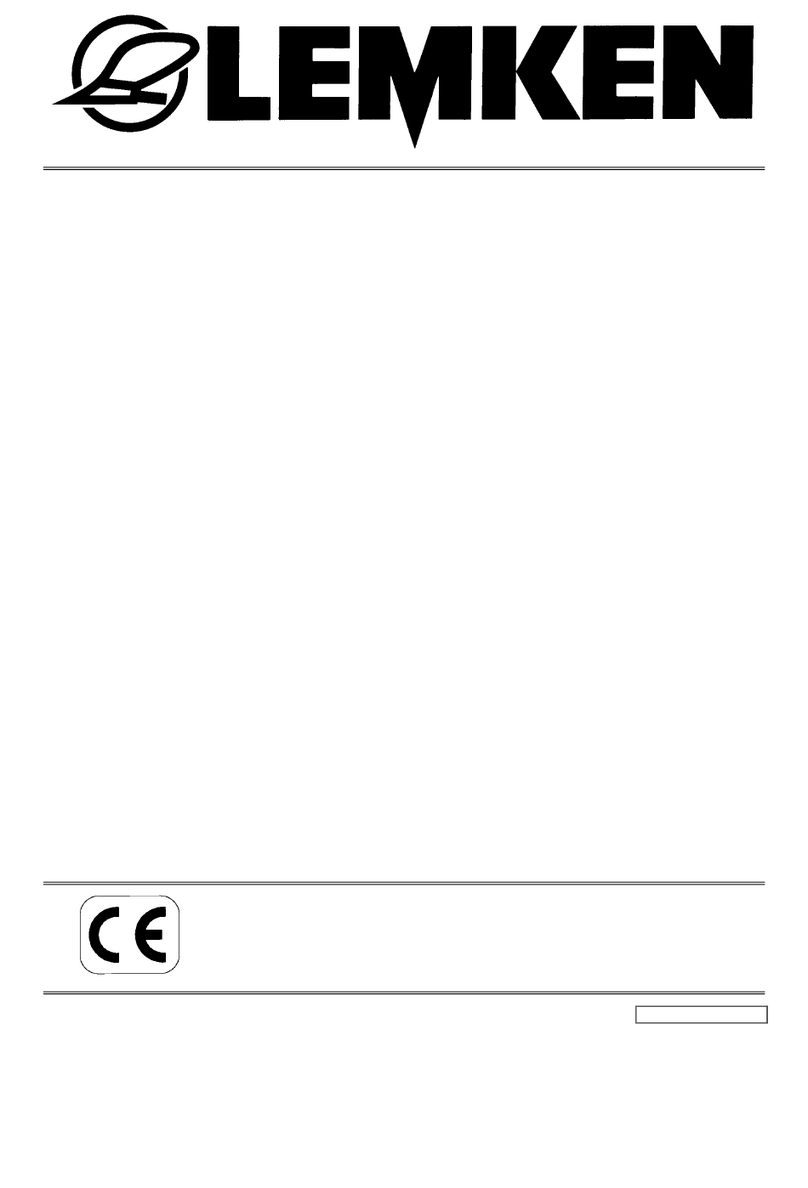
Table of contents
1 About these instructions....................................................................................................................................... 1
1.1 Introduction......................................................................................................................................................... 1
1.2 Target groups...................................................................................................................................................... 3
1.3 Applied presentations..................................................................................................................................... 3
1.3.1 Signal words and hazard statements...................................................................................................... 3
1.3.2 Symbols and text markings........................................................................................................................ 4
1.3.3 Direction specications................................................................................................................................ 4
1.4 Further applicable documents..................................................................................................................... 5
2 Safety.............................................................................................................................................................................. 6
2.1 Machine limits..................................................................................................................................................... 6
2.2 Requirements of operators, users and service personnel................................................................... 7
2.3 General safety information............................................................................................................................ 8
2.4 Safety information on hazardous areas of the machine................................................................... 10
2.5 Safety information on structural modications................................................................................... 14
2.6 Safety information on situations............................................................................................................... 14
3 Design and description........................................................................................................................................ 16
3.1 Machine overview........................................................................................................................................... 16
3.2 Machine safety................................................................................................................................................. 20
3.2.1 Position of the label.................................................................................................................................... 20
3.2.2 Meaning of the labels................................................................................................................................. 21
3.2.3 Safety devices............................................................................................................................................... 24
3.3 Working tools................................................................................................................................................... 25
4 Commissioning........................................................................................................................................................ 26
4.1 Preparing an attachment............................................................................................................................. 26
4.1.1 Check machine for completeness......................................................................................................... 26
4.1.2 Ensuring suitability of the tractor.......................................................................................................... 26
4.2 Attaching the machine................................................................................................................................. 28
4.2.1 Practical knowledge - Eects of the mounting position............................................................... 28
4.2.2 Connecting the machine to the tractor............................................................................................... 33
5 Road travel................................................................................................................................................................. 39
5.1 Information on road travel........................................................................................................................... 39
5.2 Preparing for road travel.............................................................................................................................. 39
6 Operation................................................................................................................................................................... 41
6.1 Changing the setup state............................................................................................................................. 41
6.1.1 Converting the shares ............................................................................................................................... 41
6.1.2 Changing shares at the quick-change system.................................................................................. 44
6.1.3 Mounting the weed harrow..................................................................................................................... 46
Table of contents
en-GB | Item no. 17516276 | BA 01/2023-09 I

































